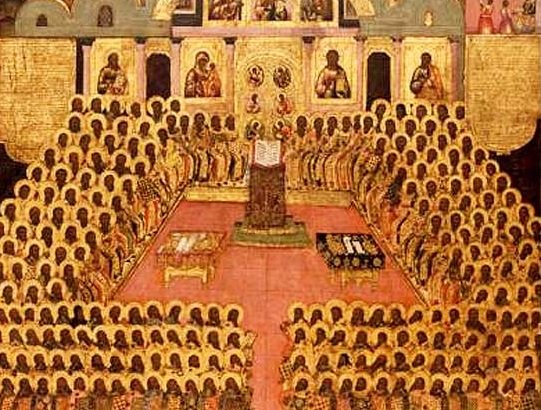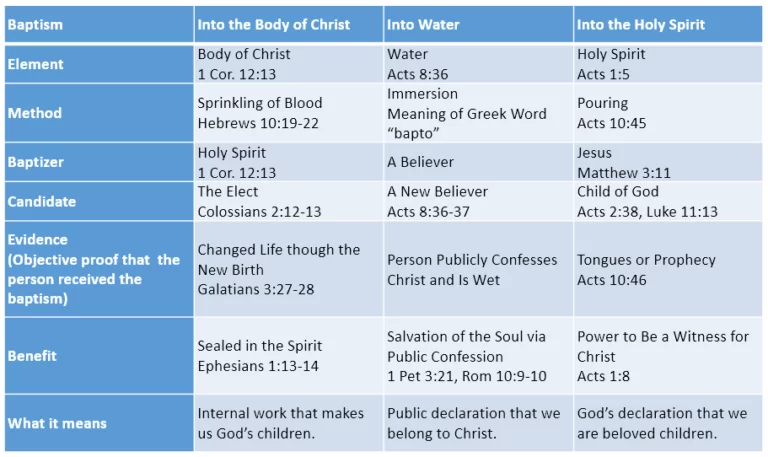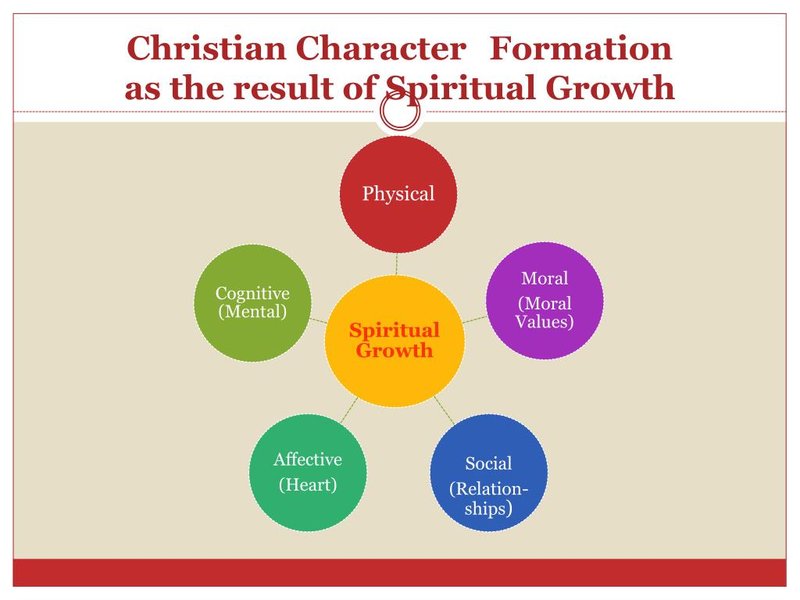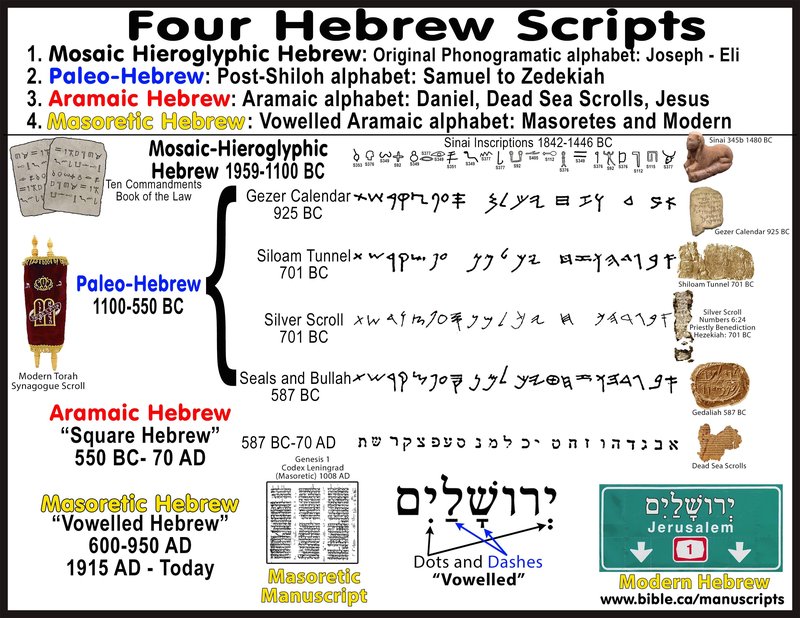· Core Beliefs · 9 min read
Exploring Christian Worship: Traditional Services, Contemporary Styles, and Sacred Music
Delve into the diverse world of Christian worship with insights on traditional services, contemporary styles, and the rich history of sacred music. Explore the significance of Christian symbols and meanings, the church calendar, and festivals in this illuminating article.
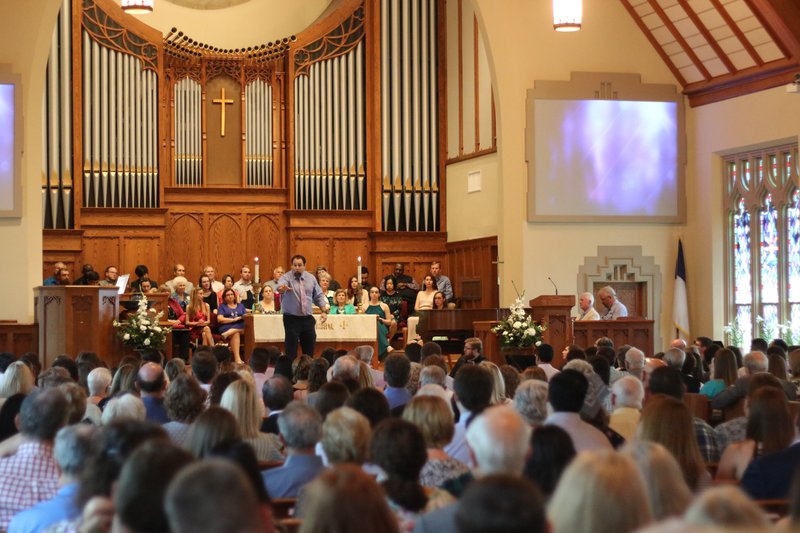
Exploring Christian Worship: Traditional Services, Contemporary Styles, and Sacred Music
Christian worship is a cornerstone of the faith, serving as a way for believers to come together and express their devotion and reverence towards God. Over the centuries, different forms of worship have emerged within the Christian tradition, ranging from traditional church services to contemporary styles of worship. Additionally, sacred music has played a vital role in Christian worship, serving as a means to facilitate spiritual connection and enhance the worship experience. In this article, we will delve into the various aspects of Christian worship, including traditional services, contemporary styles, and the significance of sacred music throughout history.
1. What are traditional church services and why are they important?
Traditional church services refer to worship gatherings that adhere to long-standing practices and rituals within the Christian tradition. These services often follow a structured liturgy and incorporate elements such as hymns, prayers, Scripture readings, sermons, and sacraments. They typically take place in traditional church buildings and are led by ordained clergy.
Traditional church services hold immense importance for many Christians as they provide a link to the historical roots of the faith. These services often evoke a sense of reverence and continuity with the generations that have gone before. The liturgical structure of these services helps believers engage with Scripture, reflect on theological truths, and participate in communal acts of worship. Through hymns and other traditional musical forms, worshippers find comfort and familiarity in songs that have been sung for centuries.
According to Reverend Professor David Brown, “Traditional forms of worship remind us that we are part of something much bigger than ourselves – a community of faith spanning centuries.” These services provide an opportunity for believers to connect with the rich heritage of Christianity and experience a sense of continuity with the past.
2. How have contemporary worship styles evolved within Christianity?
Contemporary worship styles emerged within Western evangelical Protestantism in the 20th century. They are characterized by a departure from traditional liturgical structures and a focus on creating a more accessible and engaging worship experience. Contemporary worship services often incorporate modern music styles, multimedia presentations, and informal elements such as personal testimonies and interactive prayer.
The evolution of contemporary worship styles reflects changes in religious practices and the desire to engage a broader range of worshippers. These styles emphasize emotional connection, encouraging participants to experience God’s presence in a more personal and immediate way. The role of worship leaders has also expanded, with an increased emphasis on their ability to lead congregations into a deeper encounter with God through music and other expressive means.
According to Monique M. Ingalls, author of “How Contemporary Worship Music Is Shaping Us—for Better or Worse,” contemporary worship music has brought about new modes of congregating that have transformed the way many Christians understand worship itself. This includes modes such as concerts, conferences, praise marches, and worship on screen, which have become pivotal ways for believers to engage with their faith outside of traditional church services.
3. What is the significance of sacred music throughout Christian history?
Sacred music has played a central role in Christian worship throughout history. From ancient chants to intricate choral compositions, sacred music serves to elevate the worship experience and facilitate a deeper connection with God. It encompasses a wide range of musical forms, including hymns, psalms, anthems, and chorales.
One of the earliest forms of sacred music is Gregorian chant, which emerged in the medieval period. Gregorian chant is characterized by its monophonic texture and Latin lyrics. It was predominantly sung in monasteries and cathedrals, serving as a means to enhance the spiritual atmosphere of worship.
Throughout the Renaissance and Baroque periods, composers such as Johann Sebastian Bach and George Frideric Handel created elaborate sacred music compositions that continue to be revered today. These compositions include oratorios, cantatas, and masses, which were performed in churches and cathedrals to enhance the worship experience and convey biblical narratives.
Sacred music has the power to stir the soul and evoke a sense of awe and reverence. It serves as a means for believers to express their devotion, offer praise, and find solace in times of difficulty. As the theologian Martin Luther once said, “Next to the Word of God, music deserves the highest praise.”
4. How do Christian symbols enhance worship experiences?
Christian symbols hold significant meaning within the faith and play a vital role in enhancing worship experiences. These symbols often represent key theological concepts and biblical narratives, serving as visual reminders of God’s presence and the central tenets of Christianity.
One prominent Christian symbol is the cross, which represents the crucifixion and resurrection of Jesus Christ. The sight of the cross during worship can evoke feelings of gratitude, humility, and redemption. Other symbols such as the dove (representing the Holy Spirit), the fish (symbolizing Jesus), and the lamb (depicting Christ’s sacrificial love) also hold deep spiritual significance.
The use of symbols in worship helps believers connect with abstract theological concepts on a visual level. They serve as tangible reminders that aid in focusing one’s thoughts and emotions towards God. Symbols can be found in various forms within churches, including stained glass windows, paintings, statues, and liturgical objects.
According to Professor Timothy George, “Symbols are an essential part of Christian worship because they bring together the visible and invisible worlds.” They serve as a means for worshippers to engage with their faith holistically, encompassing both intellectual understanding and emotional connection.
5. How does the church calendar and its festivals shape Christian worship?
The church calendar plays a significant role in shaping Christian worship by providing a framework for commemorating key events in the life of Christ and the history of salvation. It follows a cyclical pattern, highlighting the seasons of Advent, Christmas, Lent, Easter, and Pentecost, among others.
The church calendar serves as a guide for worship planning and helps believers engage with the biblical narrative throughout the year. Each season has its own unique focus and themes, allowing worshippers to journey through the life of Christ and reflect on different aspects of their faith.
Festivals within the church calendar, such as Christmas and Easter, hold great significance for Christians worldwide. These celebrations provide an opportunity to commemorate the birth, death, and resurrection of Jesus Christ and deepen one’s understanding of the redemptive work of God.
The Reverend Dr. Martin Stringer emphasizes the importance of the church calendar in Christian worship: “By following the liturgical year, we are reminded that our faith is not just about personal beliefs or feelings. It is rooted in historical events that have shaped our salvation.”
6. How can churches incorporate both traditional and contemporary worship styles?
Many churches recognize the value of bridging traditional and contemporary worship styles to accommodate a diverse range of worshippers. By incorporating elements from both styles, churches can create a worship experience that resonates with multiple generations and musical preferences.
One approach is to offer separate services tailored to each style. This allows individuals to choose between traditional or contemporary worship based on their personal preferences. By doing so, churches can cater to a wider range of worshippers while still honoring the traditions that hold deep meaning for some members.
Another approach is to blend traditional and contemporary elements within a single service. This can be done by incorporating traditional hymns alongside contemporary worship songs or using modern instrumentation while maintaining traditional liturgical structures. By striking a balance between old and new, churches can create a worship experience that speaks to the hearts of various generations.
According to an article published by Faith Forum, providing both traditional and contemporary music options allows churches to appeal to a wider range of people and create a more inclusive worship environment.
7. What are some trends in contemporary worship that are shaping the modern church?
Contemporary worship continues to evolve, with several trends shaping the modern church. These trends reflect changing cultural dynamics and the desire to engage worshippers in meaningful ways.
One significant trend is the use of technology in worship. Churches are incorporating multimedia presentations, visual arts, and live streaming to enhance the worship experience and reach a broader audience. This allows worshippers to engage with music, visuals, and teachings in a more dynamic and immersive manner.
Another trend is the integration of diverse music genres into contemporary worship. From indie and hip-hop to electronic and alternative rock, churches are embracing a wide range of musical styles to connect with different demographics. This inclusivity allows for greater cultural relevance and caters to the diverse musical preferences of congregants.
A growing emphasis on participatory worship is also evident in contemporary services. Congregational involvement through singing, clapping, and raising hands has become more prevalent, creating an atmosphere of active engagement rather than passive observation.
According to an article by G3 Ministries, these trends reflect a desire to create worship environments that resonate with the modern generation and foster authentic encounters with God.
8. How can individuals actively engage in Christian worship?
Active engagement in Christian worship involves more than mere attendance at church services. It requires a personal commitment to connect with God and participate fully in the worship experience. Here are some practical ways individuals can actively engage in Christian worship:
Cultivate a heart of gratitude: Approach worship with a thankful attitude, recognizing God’s goodness and faithfulness in your life. Express gratitude through prayer, singing, and acts of service.
Reflect on Scripture: Before attending a service, spend time reading and meditating on Scripture passages that will be used during the worship gathering. This will help you connect more deeply with the biblical message and apply it to your life.
Participate in congregational singing: Engage wholeheartedly in congregational singing, allowing the lyrics to resonate with your soul. Singing is a powerful way to express praise, offer prayers, and unite with fellow believers in worship.
Embrace silence and contemplation: In the midst of busy worship services, intentionally create moments of silence for personal reflection and prayer. Allow yourself to connect with God on a deeper level and listen for His voice.
Seek community: Worship is not solely an individual experience; it is meant to be shared within the context of community. Engage in fellowship with other believers, joining small groups or ministries that foster spiritual growth and mutual support.
By actively participating in Christian worship, individuals can experience a transformative encounter with God and deepen their relationship with Him.
In conclusion, Christian worship encompasses a rich tapestry of traditions, styles, and expressions. Traditional church services provide a link to the historical roots of the faith, while contemporary worship styles offer engaging and accessible experiences for modern believers. Throughout history, sacred music has played a vital role in facilitating worship, and Christian symbols and the church calendar enhance the worship experience by providing visual representations and guiding themes. By incorporating both traditional and contemporary elements, churches can create inclusive environments that resonate with diverse worshippers. Active engagement in Christian worship requires personal commitment and involvement, enabling individuals to experience a deeper connection with God and fellow believers.
